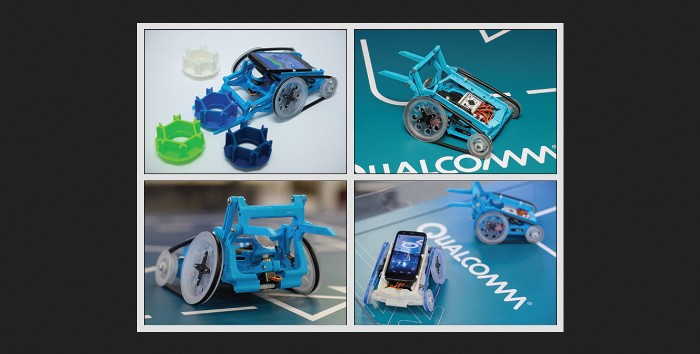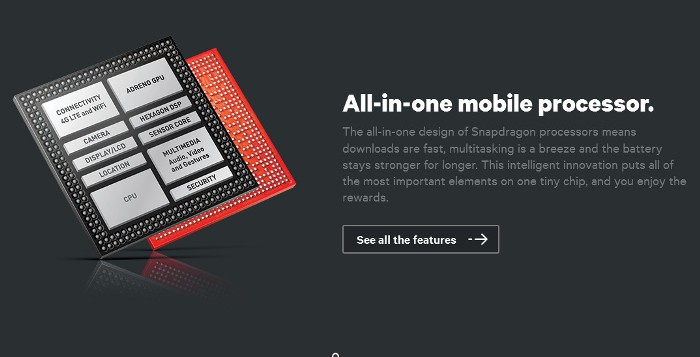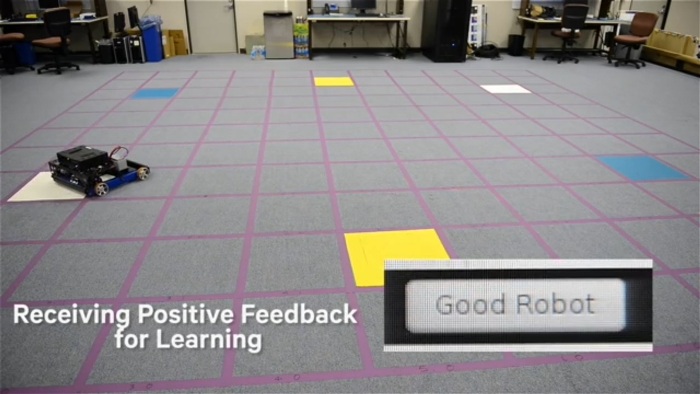Qualcomm Has Robots Powered by Smartphone Technology
Qualcomm is internationally known for the smartphone chips it produces. Over several years now, its mobile processors, from the Snapdragon S4 to the Snapdragon 805, have been the preferred chips powering the most advanced smartphones on the planet. This is not really surprising considering how the performance of the Snapdragon easily beats those of other companies.
This San Diego based company, however, is not satisfied in just being the leading provider of smartphone SoCs. After getting involved in a novel dual-camera technology with Corephotonics and promising three times faster Wi-Fi with MU-MIMO, Qualcomm is now showing off robots made with smartphone technology.
Qualcomm Robot Technology
At the yearly Uplinq developer conference last September 18, Qualcomm showed one of the ways it can address investor concerns over the diminishing growth in the smartphone and mobile device market. In addition to discussing the company’s contributions in the development of 4G LTE technology and 3D cameras, Qualcomm also showcased its robots powered by smartphone technology.
Qualcomm Chief Executive Steve Mollenkopf did a demonstration of a dragon-faced three-wheeled robot that picked up and sorted several small toys based on their shapes. This Snapdragon-based robot also comes with a depth sensor as well as 22 force feedback actuators responsible for guiding the robot as it picked objects and put them in bins. The robot receives instructions wirelessly from a tablet. It was able to do the toy picking and sorting task autonomously.
In another demonstration, Qualcomm’s researchers showed a robot, about a foot tall, equipped with wheels, camera sensors, and conspicuous glowing ears. This robot was made to come and go using simple hand gestures.
Smartphone Tech Based Robotics
The official Qualcomm website posts specific details about the company’s plans in the field of robotics. Qualcomm’s research division is currently pursuing innovations to enable mobile robotics built around the Qualcomm Snapdragon processor. The goal is to create integrated low power systems necessary in making mobile robots “smarter.” To do this, Qualcomm is focusing on the areas of wireless communication, computer vision, navigation, and sensors.
Qualcomm Research is also pursuing developments that will cater to the interests of robotics enthusiasts. The company aims to offer a range of robot reference designs that can be utilized as starting points in building different types of robots. So far, Qualcomm Research now has a 3D printable robot reference design called Micro Rover available for development. Get the printing specs and source code by clicking this link. Qualcomm says that the Micro Rover can serve as a great resource for a DIY or STEM education project. Its design can be modified as well as the software to allow robot enthusiasts to create their own unique versions.
Qualcomm Brain Chip – Zeroth
Qualcomm has also developed a chip called Zeroth. It is designed to simulate the functions of the human brain. PC World describes it as a chip that could turn your phone into a robot butler. Basically, Zeroth acts as a brain capable of following orders, analyzing things, and learning. A prototype of this chip has already been installed in a robotic platform that learns through the “encouragement” given by its user. This “encouragement” is through the “Good Robot” button (an app) in a tablet or smartphone. This chip is envisioned to become the hardware foundation upon which robotic personal assistants can be built.
M. Anthony Lewis, the project engineer responsible for Zeroth, says that Zeroth “leads the possibility of a customized user experience for every cellphone user, to be more like the phone that they want rather than the phone that they get.” Zeroth is expected to be useful in enabling or further developing the idea of cognitive computing.
To demonstrate Zeroth’s ability, Qualcomm installed a version of it in a small wheeled robot that was trained to move around a small perimeter with colored squares. The robot was not programmed to move to specific squares but when it was directed to move, it chose certain types of squares based on the learning experience it had earlier. This learning experience was through the “Good Robot” button that taught it what it is supposed to do or how it should behave.
All of these, unfortunately, are still in the development stages. The prototypes shown are still not as useful as intended. Hopefully, Qualcomm will be able to release impressive prototypes next year and finally commercialize robotics in useful forms to be used in everyday life.


